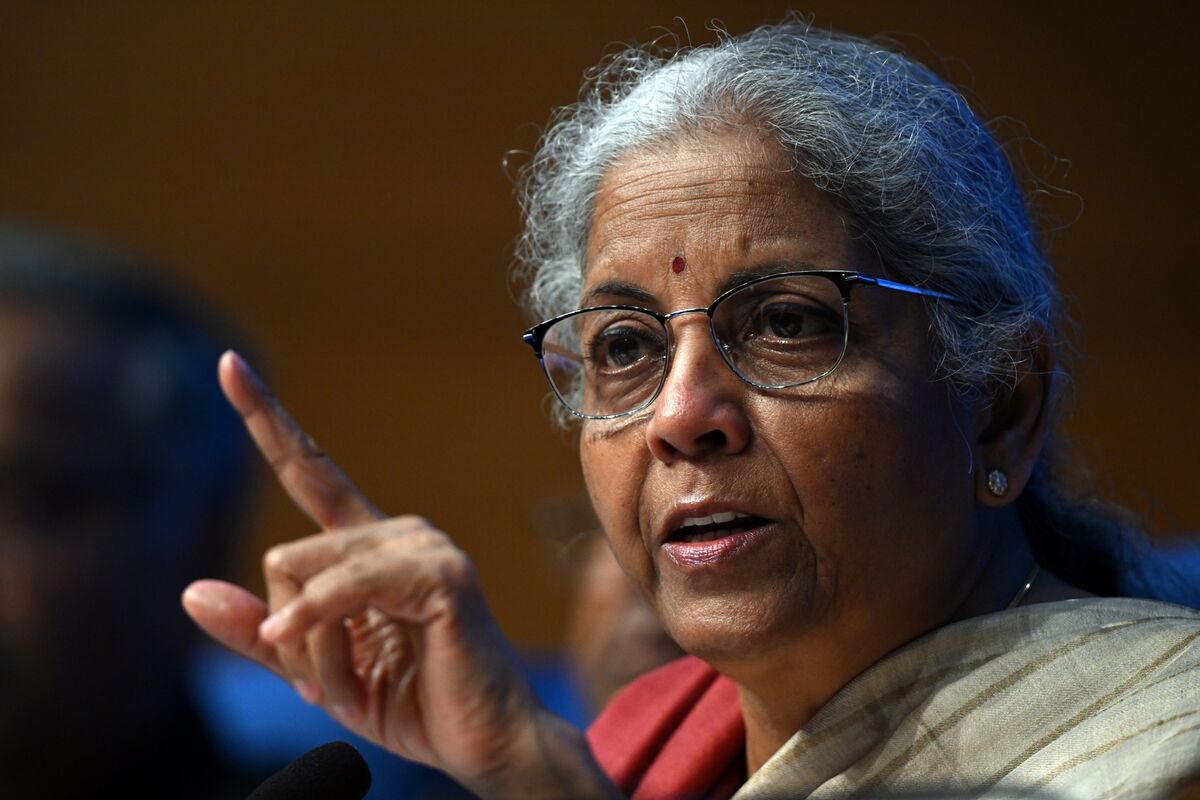Bond Market Pressure: India's Finance Chief Warns of Unsustainable Yields

In a candid assessment of India's financial landscape, Finance Minister Nirmala Sitharaman highlighted the challenges posed by high borrowing costs in the domestic bond market. Speaking on Friday, she emphasized that current bond market interest rates are disproportionately high, especially when compared to the broader economic interest rate environment.
The minister's remarks underscore the growing concern about the affordability of borrowing for businesses and investors. By pointing out the disconnect between bond market rates and the prevailing low-interest-rate economic conditions, Sitharaman is signaling the need for a more balanced and responsive financial ecosystem.
Her statement suggests that there is room for adjustment in the bond market, potentially calling for interventions that could help align borrowing costs more closely with the overall economic indicators. This could potentially provide relief to businesses seeking capital and contribute to more sustainable economic growth.








